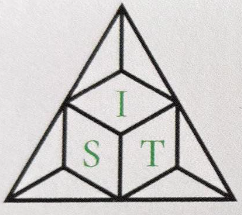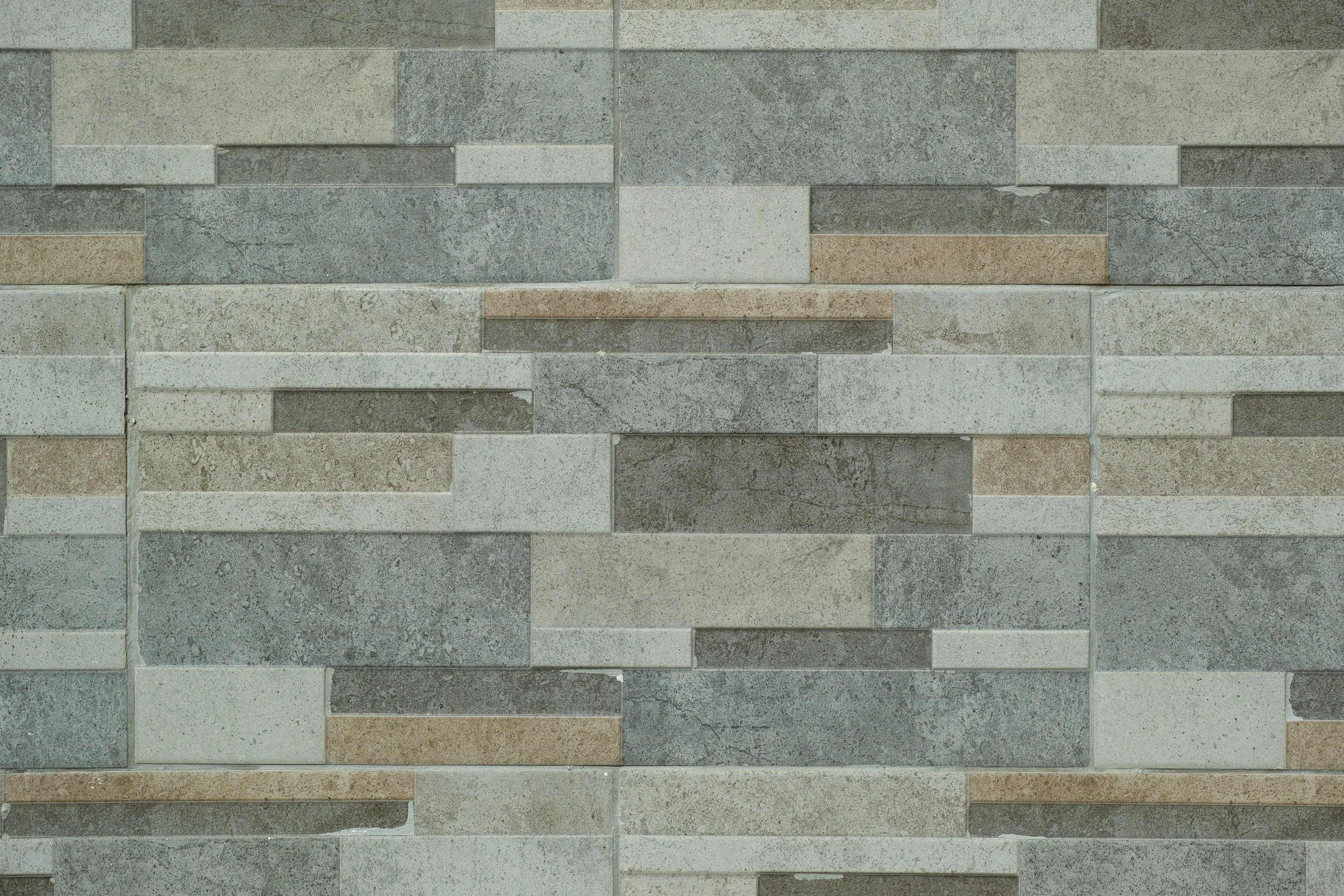GET INSPIRED!
DESIGN TIPS
CREATE YOUR VISION WITH THESE HELPFUL TIPS IN MIND!
When choosing tile, you can consider things like:
Color: Decide on a color scheme and base and accent colors for your space.
Material: Consider whether the tile is natural or man-made, and if it's resistant to stains, water, and wear and tear. You can also think about how easy the tile is to clean and maintain.
Size: Tiles come in a range of sizes, from small mosaics to large porcelain panels. The size of the tile you choose should also take into account the entire floor space.
Traffic: For high-traffic areas like kitchens and entryways, you might want to choose tiles that are Class 3 or greater. For light residential use, Class 2 or greater tiles are usually a good choice. Also choosing a textured tile for slip resistance.
Budget: Set a budget to help define your tile options. Ceramic is usually the least expensive option.
Installation: Consider how difficult the tile is to install, affecting the cost of installation.
CHOOSING THE RIGHT TILE LAYOUT
When choosing a tile layout, you can consider the following factors:
Scale: The size of the tile can affect the look of the space. For example, a small space with lots of grout lines may look even smaller.
Budget: There will be some tile wastage no matter what pattern you choose.
Decorative tiles: Not all tiles are suitable for intricate layout patterns.
Room and light: In general, you can lay your floor in the same direction as the main light source and the most frequently used entrance.
Here are some different types of tile layouts:
Stacked pattern
Rectangular tiles are stacked on top of each other to create a clean, seamless look. This pattern is good for modern and contemporary backdrops.Running bond
This pattern resembles brickwork, with each tile starting at the midpoint of the tile below it.1/3 offset
The left edge of each tile is aligned with the first third of the tile below it.Basket weave
A classic pattern that works well in smaller spaces. It looks especially good with natural stone materials like marble and onyx.Chevron pattern
Tiles are arranged in a continuous V-shape to create a sharp, uniform look. This pattern can be used for flooring or kitchen backsplashes.Diagonal pattern
Tiles are set at a 45-degree angle to the walls, creating a diamond-like pattern. This can make a space look spacious and luxurious.Shaped tile layouts
Tiles are no longer limited to squares and rectangles, and layouts can be more creative.CHOOSING THE RIGHT UNDERLAYMENT:
The most common option is a cement-based backer board, which provides a sturdy and level surface for tile installation, particularly for ceramic or porcelain tiles. However, depending on your subfloor condition and specific needs, you might also consider options like a self-leveling compound for uneven surfaces, or uncoupling membranes to minimize cracks transferring to the tile from the subfloor. Ultimately creating a perfect height with the new floor to the existing floor is a key factor to ensure seamless transition and preventing tripping hazards.
Key types of floor underlayment for tile:
Cement-based backer board:
The most widely used option for tile, offering excellent stability and moisture resistance, suitable for most tile types.Self-leveling compound:
Used to smooth out uneven subfloors before installing the backer board.Uncoupling membrane:
A sheet material that helps decouple the tile from the subfloor, minimizing crack transfer.Metal lath: dexterity with minimal height
Factors to consider when choosing a tile underlayment:
Subfloor condition: If your subfloor is uneven, use a self-leveling compound first. If there are significant cracks, consider an uncoupling membrane.
Tile type: For heavier tiles like porcelain, a robust backer board is usually preferred.
Moisture level: In damp areas like bathrooms, choose a moisture-resistant backer board.
Budget: Cement backer boards are generally the most cost-effective option
Waterproofing a shower provides many benefits, including:
Preventing water damage: A protective coating keeps water out of the shower's cracks, joints, and seams, preventing water damage to the shower enclosure.
Maintaining structural integrity: Waterproofing helps prevent water from penetrating the shower's walls and floors, which can weaken the structure of the home.
Protecting against mold: Keeping moisture out of the shower prevents the growth of mold, which can be a health risk.
Protecting bathroom fixtures: Waterproofing protects the shower's tiles, grout, and fittings.
Extending the lifespan of the shower: A waterproof membrane can last 10 to 15 years or more.
Reducing repair costs: Waterproofing can help reduce the cost of repairs.
Waterproofing is a relatively simple and affordable way to protect a building from expensive damage
When choosing tile, you can consider things like:
Color: Decide on a color scheme and base and accent colors for your space.
Material: Consider whether the tile is natural or man-made, and if it's resistant to stains, water, and wear and tear. You can also think about how easy the tile is to clean and maintain.
Size: Tiles come in a range of sizes, from small mosaics to large porcelain panels. The size of the tile you choose should also take into account the entire floor space.
Traffic: For high-traffic areas like kitchens and entryways, you might want to choose tiles that are Class 3 or greater. For light residential use, Class 2 or greater tiles are usually a good choice. Also choosing a textured tile for slip resistance.
Budget: Set a budget to help define your tile options. Ceramic is usually the least expensive option.
Installation: Consider how difficult the tile is to install, affecting the cost of installation.
CHOOSING THE RIGHT EDGING
When picking tile edging, consider factors like the tile material, the room's environment, your desired aesthetic, and the profile of the trim, choosing a style that complements your tile design while providing a clean, finished edge, particularly in areas exposed to water like bathrooms or kitchens; popular options include bullnose tiles for rounded corners, metal or plastic trims for a modern look, and ensure the edging matches or closely complements the color of your grout.
Key points to consider when selecting tile edging:
Tile Material: Match the edging material to your tile type for a cohesive look. Room Function: For wet areas like showers, choose water-resistant edging like ceramic or aluminum.
Aesthetic Preference: Opt for a trim profile that aligns with your overall design style, whether it's a classic, modern, or contemporary look.
Edge Protection: Bullnose tiles are a common choice for creating a smooth, rounded edge, especially on corners and transitions between surfaces.
Color Matching: Consider matching the color of the tile edging to your grout for a unified appearance.
Common Tile Edging Options:
Bullnose Tile: A rounded edge tile, perfect for finishing corners and transitions between walls and floors.
Metal Trim: Offers a sleek, modern look and can be used for various tile designs.
Plastic Trim: A cost-effective option for edging, available in different profiles.
Ceramic Trim: Can be matched to the color of your tiles for a seamless appearance, especially in wet areas.
CHOOSING THE RIGHT GROUT
When picking out a grout color, consider whether you want the grout to blend in with your tiles for a unified look, or contrast with them to highlight the tile pattern; for a cohesive design, try to match the grout color to one of the tones within the tile, and if unsure, a mid-toned gray is often a safe choice that works with most tile colors.
Key factors to consider when choosing grout color:
Tile color:
Blending in: Choose a grout color that closely matches your tile color to create a seamless appearance.
Contrasting: Select a grout color that significantly differs from your tile to emphasize the tile pattern and create a bold statement.
Tile pattern:
Simple patterns: A contrasting grout can enhance the pattern.
Complex patterns: A closely matching grout may be better to avoid overwhelming the design.
Desired aesthetic:
Modern look: A light gray or white grout with contrasting tiles.
Classic look: A closely matching grout color.
Rustic look: A darker grout with a slightly textured finish.
How to choose a grout color:
Bring tile samples to the store:
Always test grout colors against your actual tile samples to see how they interact.Consider the grout shade:
Light grout can make a space appear larger, while darker grout can create a more defined look.Think about the room's lighting:
Lighting can affect how a grout color appears.Test a small area:
Before committing to a grout color, apply a small sample to a hidden area of your tile to see how it looks in your space.
Safe choices for grout color:
Mid-toned gray: Works well with most tile colors and creates a neutral look.
Light gray: A good option for highlighting light-colored tiles
Off-white: Can be used with white or very light colored tiles
When choosing a grout type, the most important factor is the width of the grout lines between your tiles: use sanded grout for wider grout lines (over 1/8 inch) and unsanded grout for narrower grout lines (1/8 inch or less); additionally, consider the location (moisture exposure) and desired aesthetic, opting for specialized grouts like epoxy for high-traffic areas or particularly sensitive surfaces like glass tiles.
Key factors to consider when selecting grout:
Joint width:
Sanded grout: For grout lines wider than 1/8 inch.
Unsanded grout: For grout lines 1/8 inch or smaller.
Application area:
Bathroom/shower: Choose a water-resistant grout like a high-performance cement grout or epoxy grout.
Kitchen backsplash: Consider a stain-resistant grout option.
Tile type:
Glass or polished stone: Opt for unsanded grout to avoid scratching.
Porcelain or ceramic: Can usually use either sanded or unsanded grout depending on the grout line width.
Desired look:
Color: Choose a grout color that complements your tile color, considering whether you want a contrasting or blending effect.
Finish: Some grouts have different finishes like a smooth or textured look.
Other grout types to consider:
Epoxy grout: Highly durable, stain-resistant, and suitable for large grout lines or areas with heavy use.
Polymer-modified grout: Offers good water resistance and is often used in wet areas.
Pre-mixed grout: Convenient option for smaller projects, often comes in a variety of colors

